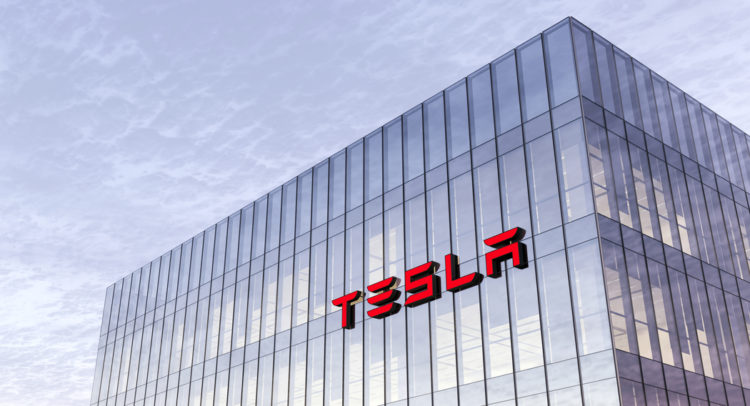Tesla Motors ((TSLA)) has held its Q3 earnings call. Read on for the main highlights of the call.
Elevate Your Investing Strategy:
- Take advantage of TipRanks Premium at 50% off! Unlock powerful investing tools, advanced data, and expert analyst insights to help you invest with confidence.
Tesla’s recent earnings call showcased a balanced sentiment, highlighting strong performance in deliveries and financial metrics, alongside advancements in AI and energy storage. However, the company faces challenges with FSD adoption, tariff impacts, legal costs, and scaling Optimus production.
Record Deliveries and Financial Performance
In the third quarter of 2025, Tesla achieved new milestones in deliveries and financial metrics. The company reported significant increases in deliveries across all regions, with Greater China and APAC up 33%, North America up 28%, and EMEA up 25%. This growth contributed to record total revenues, energy gross profit, energy margins, and free cash flow.
Advancements in Full Self-Driving (FSD) and Robotaxi Expansion
Tesla is making strides in its Full Self-Driving technology, planning to eliminate safety drivers in Austin by year-end and expand robotaxi operations to 8-10 metro areas, including Nevada, Florida, and Arizona. The FSD software has accumulated over 6 billion supervised miles, with version 14 receiving positive feedback.
Energy Sector Growth and Megapack Developments
The demand for Tesla’s energy products, such as Megapack and Powerwall, remains strong. New products like Megablock and Megapack 4 are enhancing Tesla’s energy storage capabilities, with a surge in demand for AI and data center applications.
Introduction of AI and Optimus Developments
Tesla’s AI initiatives and the development of the Optimus robot are progressing. Although the Optimus hand and forearm present complex engineering challenges, significant progress is being made, positioning Optimus as a future key product.
Financial Strength and Future Growth Plans
Tesla’s financial strength is evident with a record free cash flow of approximately $4 billion for Q3. The company plans to significantly increase CapEx in 2026 to support growth in AI initiatives, including the Optimus robot.
FSD Adoption Challenges
Despite advancements, the adoption of FSD remains limited, with only 12% of the current fleet being paid FSD customers. Regulatory challenges in regions like China and EMEA are delaying broader deployment.
Tariff Impacts on Energy Business
Tesla’s energy storage business faced headwinds due to increased competition and tariffs, with impacts exceeding $400 million in Q3.
Legal and Restructuring Costs
Operating expenses rose due to legal expenses related to proceedings and restructuring efforts aimed at reducing costs and improving efficiency.
Challenges in Scaling Optimus Production
Bringing the Optimus robot to market is described as an incredibly difficult task, with significant challenges in hand dexterity and supply chain development.
Forward-Looking Guidance
Tesla’s forward-looking guidance emphasizes its robust performance and strategic advancements. The company set new records in deliveries and deployments, with a 29% increase in automotive revenues. Tesla remains focused on AI developments, including full self-driving technology, robotaxi deployment, and the Optimus robot, reflecting its commitment to sustainable abundance and innovation in real-world AI applications.
In conclusion, Tesla’s earnings call reflected a balanced sentiment with strong performance in key areas, while acknowledging challenges in FSD adoption, tariffs, and Optimus production. The company’s commitment to innovation and growth remains evident, positioning it well for future advancements.
















